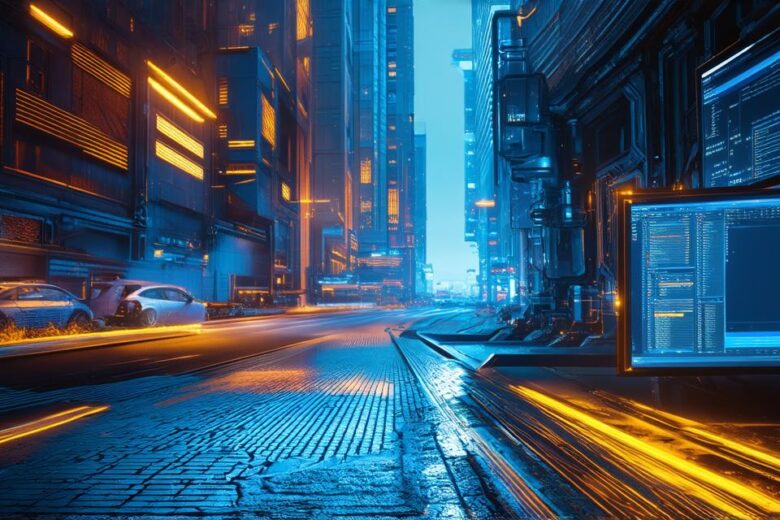Introduction:
Unreal Engine 5 (UE5) is a cutting-edge game engine that offers developers a powerful set of tools and features to create immersive and realistic games. With its advanced physics simulation, stunning graphics, and seamless integration with other technologies, UE5 has quickly become one of the most popular game engines among professionals.
1. Creating Realistic Lighting and Materials:
Lighting and materials are crucial elements in any game, as they can greatly impact the overall look and feel of the environment. UE5 offers a wide range of tools for creating realistic lighting and materials, including physically based rendering (PBR), global illumination, and dynamic lighting.
One of the key features of UE5’s lighting system is its support for real-time ray tracing. Ray tracing allows for the accurate simulation of light behavior in the game world, resulting in stunningly realistic lighting effects. This can be especially useful for creating environments with complex lighting conditions, such as interiors or outdoor scenes with multiple light sources.
In addition to ray tracing, UE5 also includes a powerful material editor that allows you to create custom materials and textures. With the material editor, you can easily create materials with realistic reflectivity, transparency, and other properties, allowing you to achieve the desired look and feel for your game.
2. Optimizing Performance:
Performance is critical in any game, as slow load times or stuttering can greatly impact the player’s experience. UE5 includes a number of tools and features designed to optimize performance, including the use of LOD (level of detail) models, texture streaming, and dynamic batching.
LOD models are used to reduce the amount of data that needs to be loaded into memory for each object in the game world. By using lower-resolution models for objects that are far away from the player, you can significantly reduce the amount of memory required by your game, resulting in faster load times and improved performance.
Texture streaming is another technique for optimizing performance. With texture streaming, only the textures that are currently visible to the player are loaded into memory, reducing the overall amount of data that needs to be loaded. This can help improve performance, especially on systems with limited memory.
Dynamic batching is a technique used to reduce the number of draw calls required by your game. By combining multiple objects into a single draw call, you can reduce the amount of overhead associated with rendering, resulting in improved performance.
3. Leveraging Animation Tools:
Animation is an essential part of any game, as it brings characters and environments to life. UE5 includes a powerful animation system that allows you to create realistic and fluid animations for your game.
One of the key features of UE5’s animation system is its support for physics-based animation. With physics-based animation, you can create animations that are based on real-world physics principles, resulting in more natural and believable movement. This can be especially useful for creating realistic character movements or complex environmental effects.
In addition to physics-based animation, UE5 also includes a number of tools for creating animations quickly and easily. With the use of animation blueprints, you can create complex animations without needing to write code, allowing you to focus on designing and animating your game.
Conclusion:
Unreal Engine 5 is a powerful tool that offers developers a wide range of features and tools for creating immersive and engaging games. By using the techniques and best practices outlined in this guide, you can create stunning visual effects, optimize performance, and bring your characters to life with realistic and fluid animations. With its advanced physics simulation, stunning graphics, and seamless integration with other technologies, UE5 has quickly become one of the most popular game engines among professionals. So, start exploring and creating with UE5 today!
FAQs:
Q: What is real-time ray tracing?
A: Real-time ray tracing is a technique used to simulate light behavior in real-time, resulting in stunningly realistic lighting effects. This can be especially useful for creating environments with complex lighting conditions.
Q: How does physics-based animation work?
A: Physics-based animation is an animation technique that is based on real-world physics principles, resulting in more natural and believable movement. This can be used to create realistic character movements or complex environmental effects.
Q: What are LOD models?
A: LOD (level of detail) models are used to reduce the amount of data that needs to be loaded into memory for each object in the game world, resulting in faster load times and improved performance.

Q: How does texture streaming work?
A: Texture streaming is a technique used to only load textures that are currently visible to the player, reducing the amount of data that needs to be loaded, resulting in improved performance on systems with limited memory.
